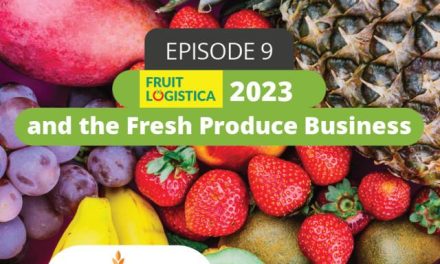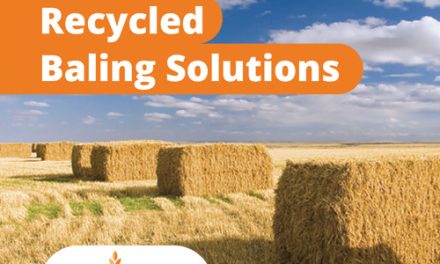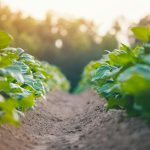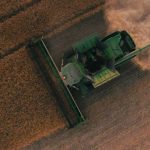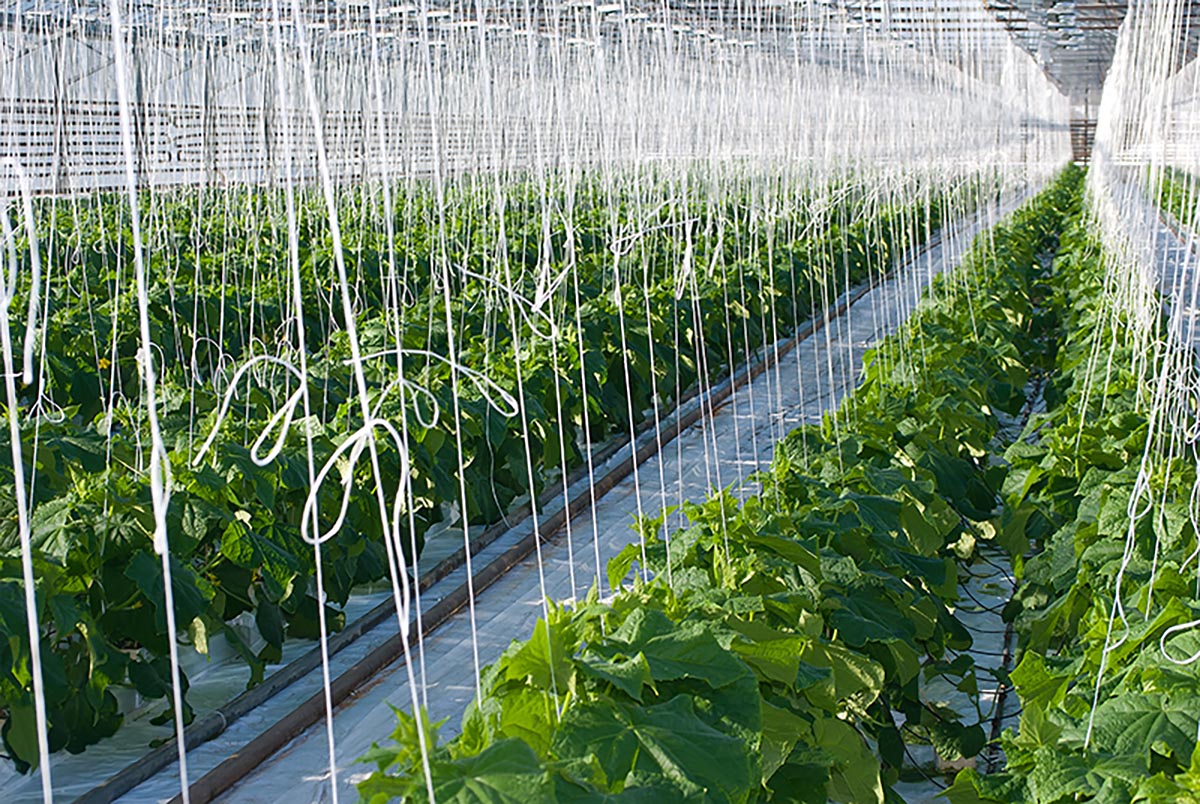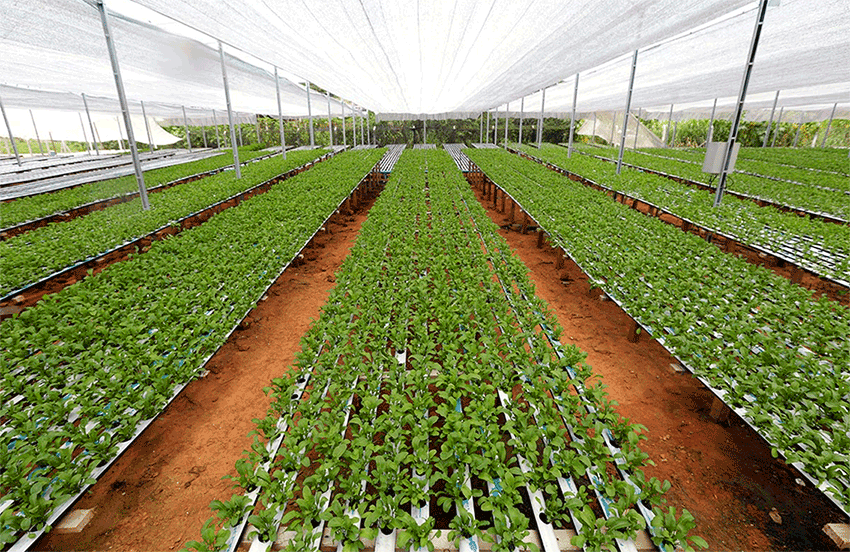
Biodegradable agricultural films: advantages, disadvantages and their different applications

It’s no secret that campaigns to reduce the use of plastics have increased over the last years, thus creating in the population an awareness that didn’t exist before. Many environmental groups point out that the acceptance of plastics is decreasing even more, mainly due to the difficulty to establish widespread recovery and recycling programmes for plastics as well as its inability to biodegrade over time. Conventionally, plastic can take about 1,000 years to degrade, and for this reason many people and companies have decided to reduce their use or purchase products that don’t contain plastic. Is there a solution in the case of agricultural plastics?
In the world of agriculture, the use of plastic films, for example for mulching, is as necessary as the soil and water used for planting. Among the benefits of mulching plastics are the fact that, amongst other advantages, they prevent the proliferation of weeds, retain soil moisture and protect the structure of the soil. In this sense, several laboratories have managed to design films that, despite being made of polymers, have the quality of being biodegradable and compostable plastics, thus contributing to reduce the impact on the environment.
Traditionally, these mulching films are created from petroleum-based plastics that cannot biodegrade, and after being used on-field it is very expensive to remove them from the planting area and then recycle them. In this sense, one of the positive aspects of films with biodegradable qualities is the fact that they deteriorate due to diverse external factors, for example, the incidence of temperature, humidity and even pH structure of the soil, so farmers only have to plough the plastics on the ground after the season’s work so that the degradation process is accelerated.
In the United States for example, organic farms are only allowed to use mulching plastics that are petroleum based and that are removed at the end of the growing season but cannot use other types of plastic for example those based on polyvinyl chloride (PVC). Recent developments in the plastics industry also permits these farms the use of biodegradable plastics that must comply with the restrictions and regulations of the United States Department of Agriculture (USDA).
Advantages and disadvantages of the use of biodegradable plastics
Biodegradable agricultural plastics have the same properties as standard mulch plastics and therefore also contribute to suppress the weed, help stabilize the root temperature, preserve the nutrients and humidity of the soil, besides improving the stable development of the plant. Their widespread use rules out any negative environmental impact and they are a viable option within the agricultural sector. However, their high cost must be considered, although this will surely be mitigated by governmental subsidies that promote their use and the savings for the farmers that need not invest in the collection and disposal of the used plastics after the season.
There are a large number of factors involved in the biodegradation of a biopolymer and, in order to evaluate the effectiveness of this type of plastic films, some laboratories have carried out experiments that involve aspects that range from designing their specific chemical structure to the use of germs that facilitate the decomposition process of those films. Similarly, there are other important aspects such as temperature, and the pH and humidity levels of the subsoil where they are used: in a very humid area or unexpected high temperatures can trigger and accelerate the degradation of these plastic films.
It is worth mentioning that the biodegradation of these plastics begins in the part that is buried, unlike the part of the film that is exposed, whose biodegradation process is slower. In crops in Spain that have used these biodegradable plastics, specifically films of 15 microns, the degradation process has begun at 2/3 months and has finished approximately at 5/8 months since plantation. This process will be more or less accelerated depending on the factors already mentioned.
The most relevant features of biodegradable plastics include:
- They don’t produce toxic waste after usage.
- Their installation is standard procedure and does not require special machinery.
- They don’t contain heavy metals.
Main crops currently using biodegradable plastic mulch:
- Pepper
- Tomato
- Eggplant
- Zucchini
- Watermelon
- Melon/Cantaloupe
- Lettuce, among others.
Among the more recent innovations in the industry are black microperforated mulch for asparagus crops, clear and white/black mulch for other melon varieties and clear mulch for sweet corn.
Technological innovations take giant steps and seek to reduce the usage of traditional agricultural plastics not only for the benefit of farmers and their crops but also to comply with rapidly changing Legislation. Despite the higher costs implied in using this type of biodegradable films, more and more farmers prefer these new technologies that not only offer the same results as to quality and yield of their crops, but also contribute to respect the environment and enforce a more sustainable agriculture for future generations.





![[eBook] Sustainability and water management](https://agriplasticscommunity.com/wp-content/uploads/8_550x310_ENG-440x264.png)
![[eBook Trends in Agriculture Plastics] Increasing use of biodegradable mulch](https://agriplasticscommunity.com/wp-content/uploads/550 × 310_2_ENG-440x264.png)
![[eBook Trends in Agriculture Plastics] Reducing the plastic used in the manufacture of agricultural films](https://agriplasticscommunity.com/wp-content/uploads/550 × 310_1_ENG-150x150.png)





